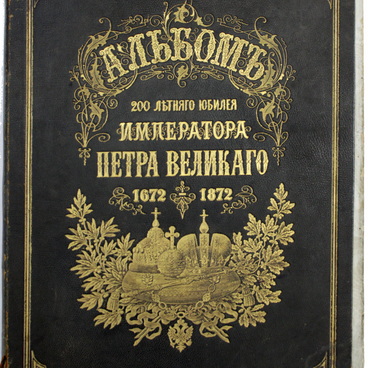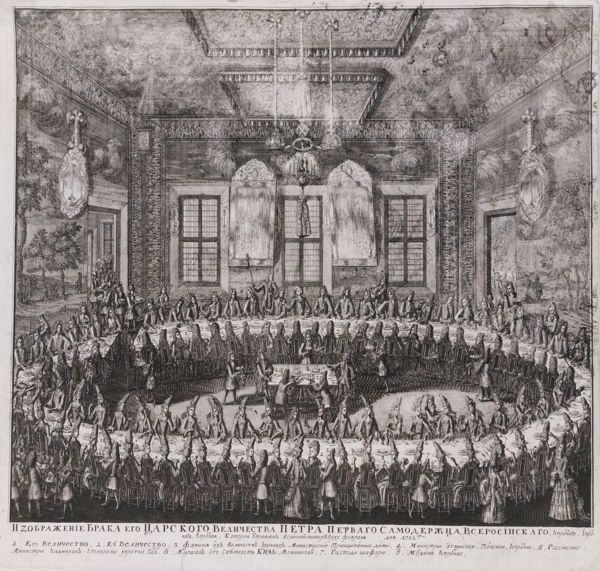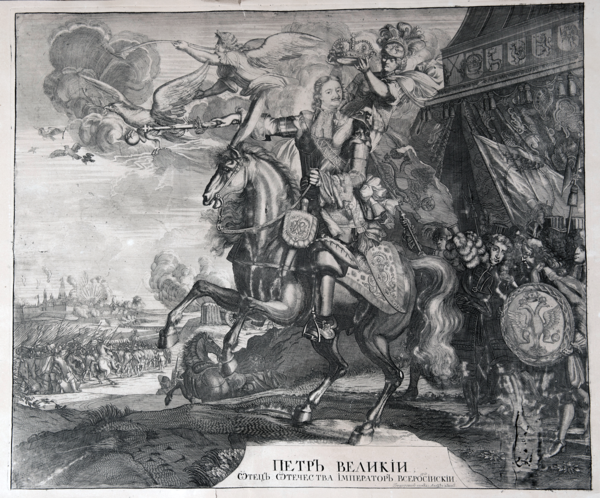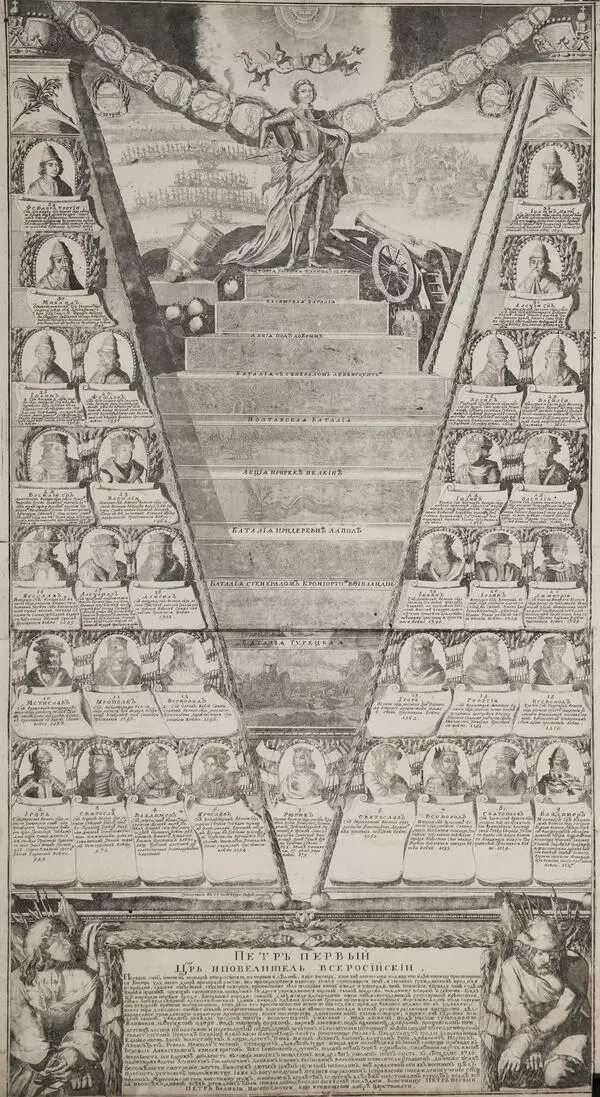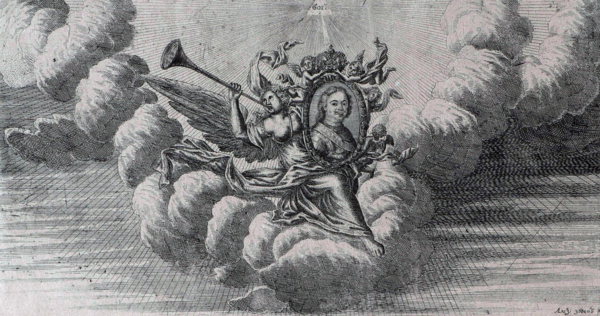Marta Samuilovna Skavronskaya (Cruse by the first marriage) was the second wife of Peter I and the mother of Empress Elizabeth Petrovna. In 1702 she moved to the Russian Empire. She accepted Orthodoxy under the name of Ekaterina Alekseyevna Mikhailova and soon after meeting Peter I, she became his confidant, “Katerina my dear friend”. In 1708 and 1709, her daughters Anna and Elizabeth were born. Upon his return from the Turkish campaign in 1711, Peter I officially declared Catherine his wife. Their wedding took place on February 19, 1712, in St. Petersburg.
After the death of Peter the Great in 1725, Catherine I was the ruling sovereign of Russia. These years were marked by the creation of the Supreme Privy Council, the opening of the Academy of Sciences, the naval expedition of Vitus Bering, the establishment of the Order of St. Alexander Nevsky. She initiated the departure from the reformist course set by Peter I. In 1727, Catherine I died, leaving the throne to 12-year-old Peter Alekseyevich, the legitimate heir of Peter the Great.
It is not established who made the engraving. Based on theASTmonogram signature in the lower right corner of the sheet, the researchers offered different versions. Dmitry Alexandrovich Rovinsky suggested the following explanation: “shading by [Ivan] Adolsky — [Alexey] Subov”, and Mikhail Sergeyevich Lebedyansky deciphered the letters ST as the signature of Johann Stenglin. Most commonly the monogram is interpreted as “Alexey [S]ubov shaded”, although the work was done in an uncharacteristic manner for the master.
Until 1699, Alexey Fyodorovich Zubov served as an icon painter in the Armory Chamber, then became an apprentice to the Dutch engraver Adriaan Schoonebeek, one of the first foreign masters in Peter’s service. The Baroque manner of Schoonebeek’s works had a great influence on the development of engraving in Russia. According to various sources, Zubov was engaged in engraving stamp paper or “shading work”, and also engraved “all sorts of necessary things and drawings”, which indicates a higher level of skill.
From 1711 until the closure of the St. Petersburg Printing House in 1727, Zubov was a senior foreman under Pieter Pickaert. In 1730 he moved to Moscow, where he fulfilled numerous orders. The last works of the engraver are dated 1745. One of the best Russian engravers of the Peter the Great era, Alexey Fyodorovich Zubov died in poverty and obscurity in 1751–1752.


